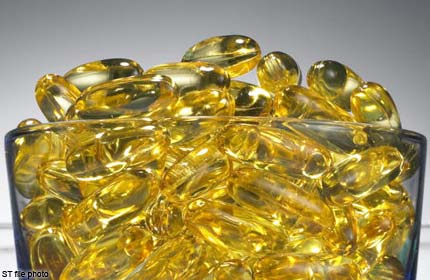Abstract
Tocotrienols (T3), a family of vitamin E, are reported to possess potent anti-cancer effects but the molecular mechanisms behind these effects still remain unclear. The aim of this study was to investigate how T3 exert anti-cancer effects on MDA-MB-231 human breast cancer cells. The MDA-MB-231 cells were chosen for this study as they are triple-negative and highly metastatic cells, which form aggressive tumors in experimental models. The MDA-MB-231 cells were treated with varying concentrations (0-20 µg mL-1) of gamma (γ) or delta (δ) T3 and the secretome profiles of these cells treated with half maximal inhibitory concentration (IC50) of γT3 (5.8 µg mL-1) or δT3 (4.0 µg mL-1) were determined using label-free quantitative proteomic strategy. A total of 103, 174 and 141 proteins were identified with ProteinLynx Global Server (PLGS) score of more than 200 and above 25% sequence coverage in the untreated control and T3-treated cell culture supernatant respectively. A total of 18 proteins were dysregulated between untreated control and T3 (δT3 or γT3) treated conditions. The results showed that T3 treatment downregulated the exogenous Cathepsin D and Serpine1 proteins but upregulated Profilin-1 protein, which play a key role in breast cancer in the MDA-MB-231 cells. These findings strongly suggest that T3 may induce differential expression of secreted proteins involved in the cytoskeletal regulation of RHO GTPase signaling pathway.


